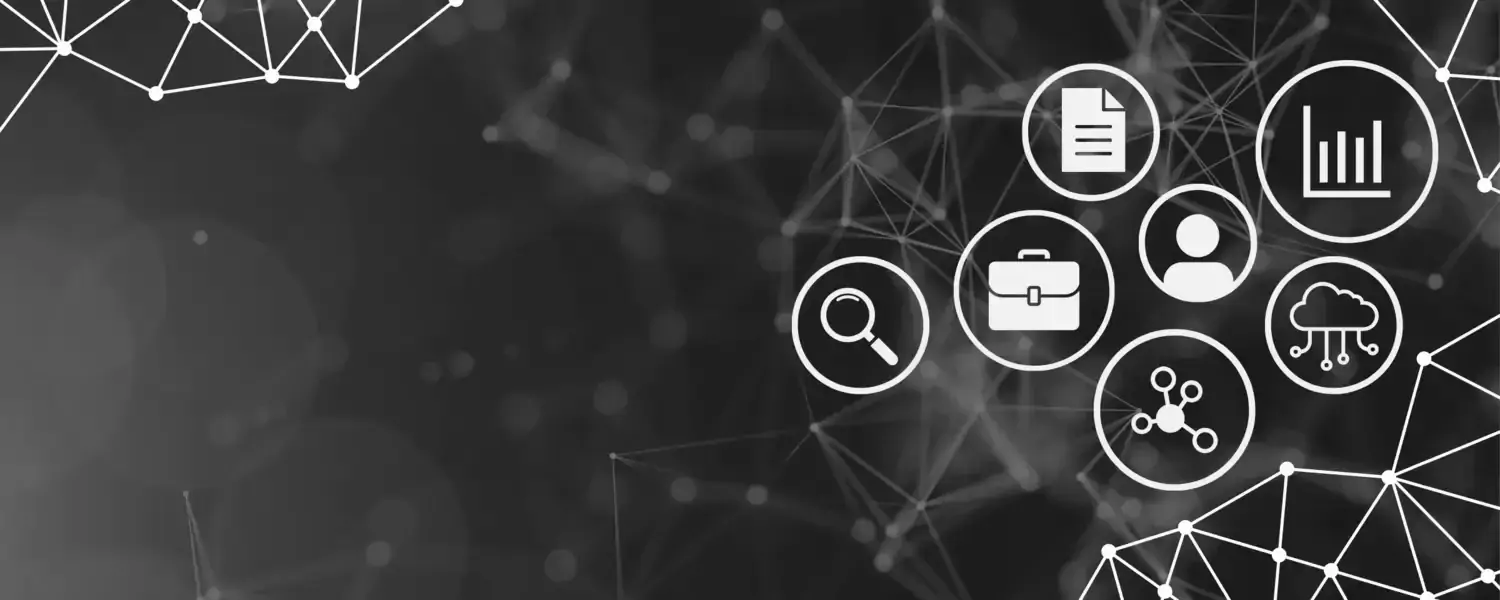
KI RIMS
KI RIMS (Research Information Management System) is a system that manages research information, and its purpose is to collect, improve and make the information about KI's research available. It gathers data on publications and research grants, and researchers can then use the compiled information to, for example, generate their CV and publication list.
Menu for this area
KIB podcast: Finding and being found! Why KI RIMS matters to you
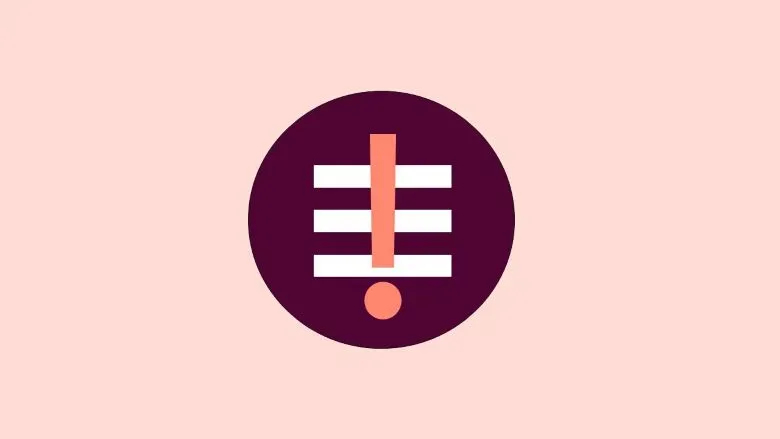 Photo: N/A
Photo: N/ANew navigation menu
The navigation menu in KI RIMS has been repositioned from the top of the screen to a new, persistent left-hand sidebar, aligning with design best practices. The heading bar, and the navigation items included in it, have been consolidated into the sidebar.
A short introduction to the benefits of KI RIMS
Instructions
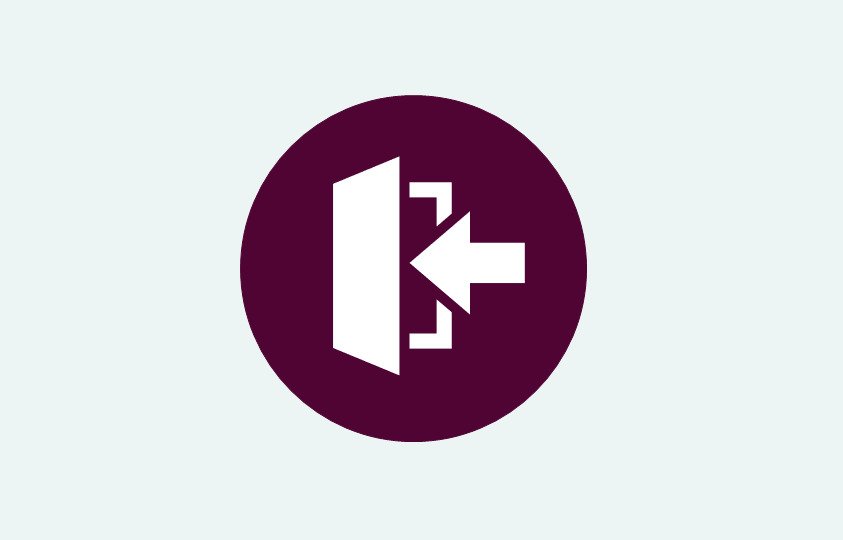 Photo: N/A
Photo: N/AGet started
Are you new to KI RIMS? Here you will find information on how to log in, navigate and work in the system. If you are a researcher, there are some settings that may be useful to make in order to get suggestions for publications that may be yours.
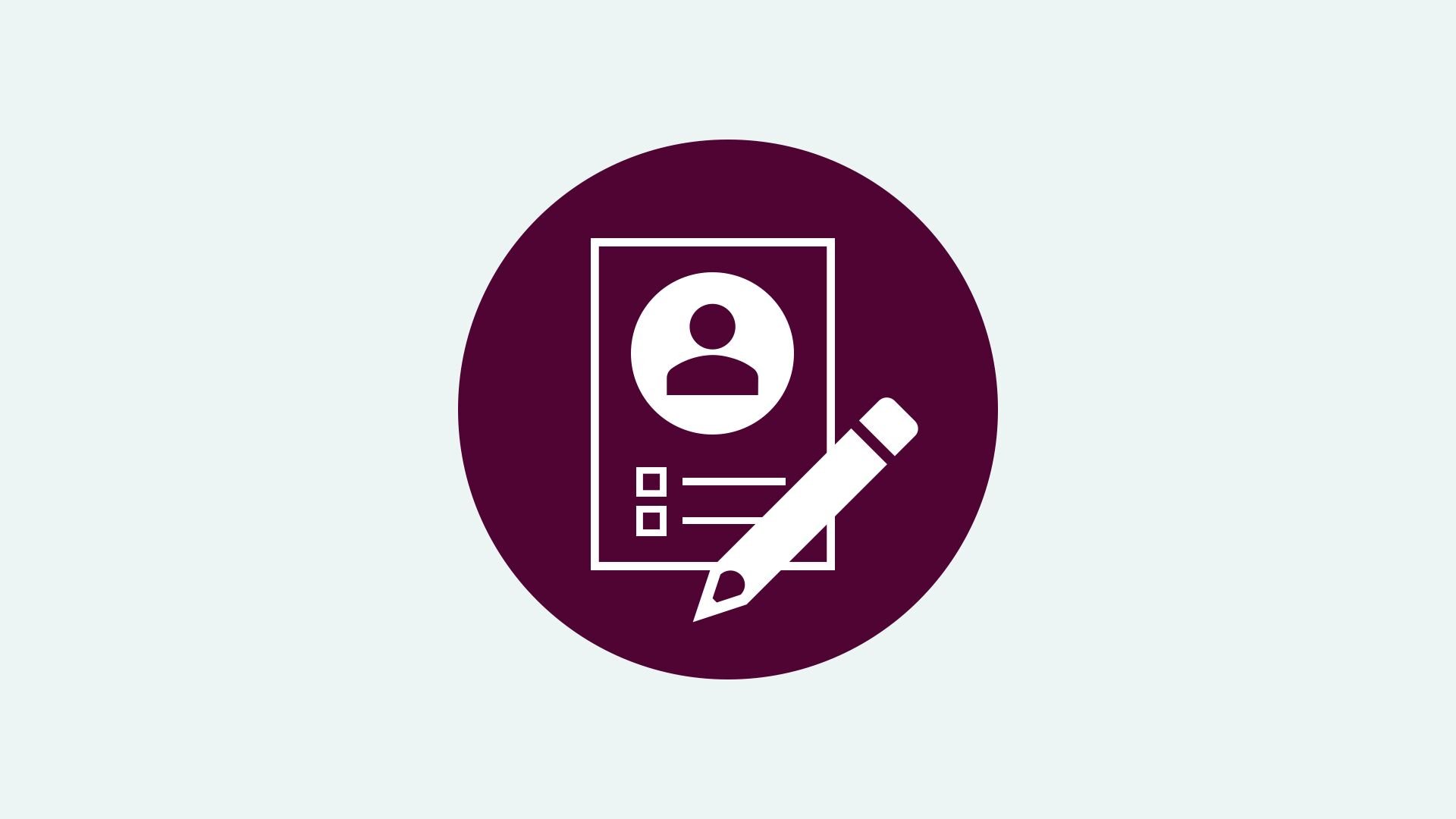 Photo: N/A
Photo: N/AManage your profile information
This instruction will guide you through how to edit the information about yourself, your work, research areas and teaching activities. You will find information on how you get publications and other selected information in KI RIMS to show up on your public profile page at ki.se
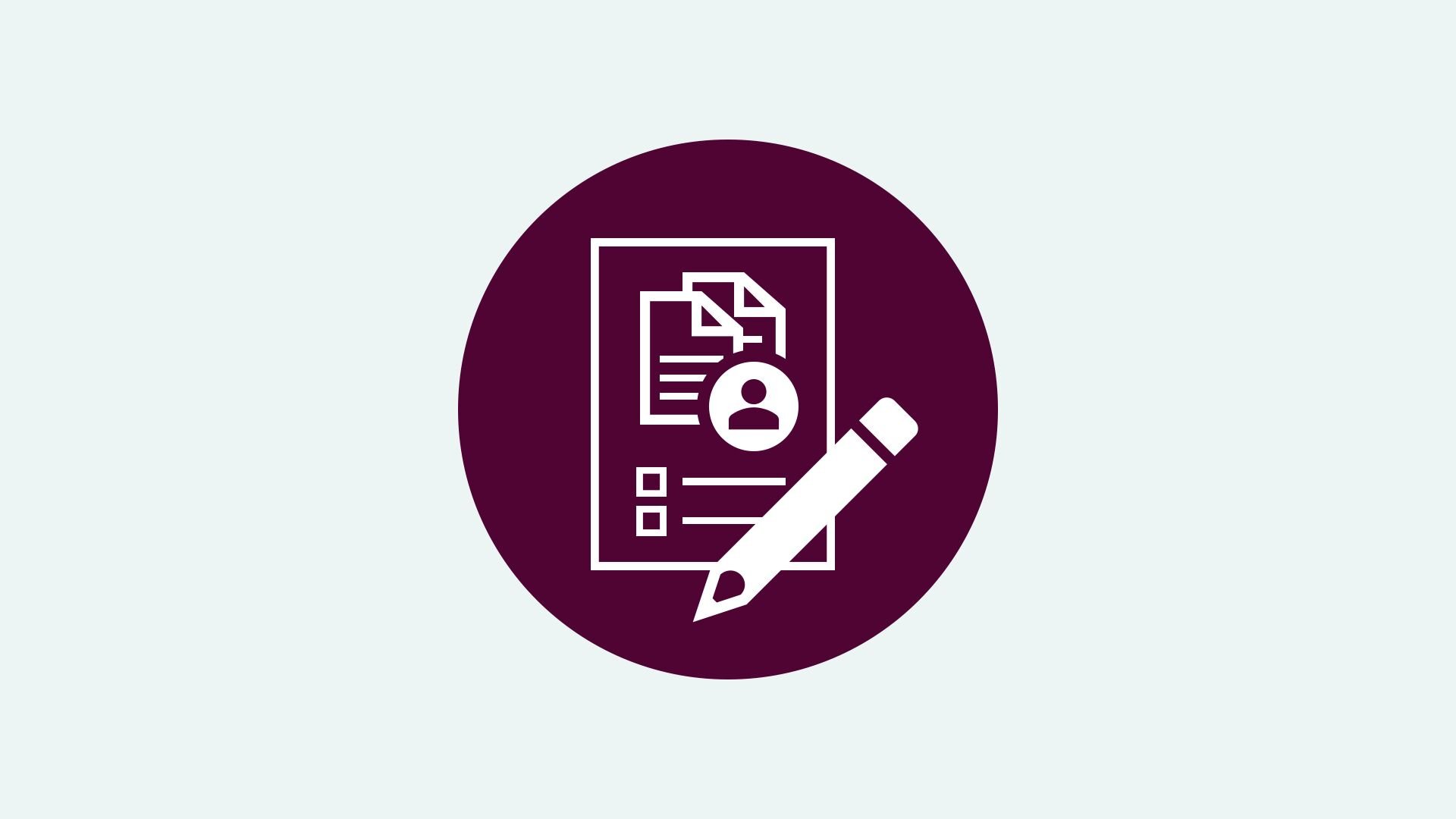 Photo: N/A
Photo: N/AManage your publications
In this instructions you will find information and best practices on how to manage your publications in KI RIMS.
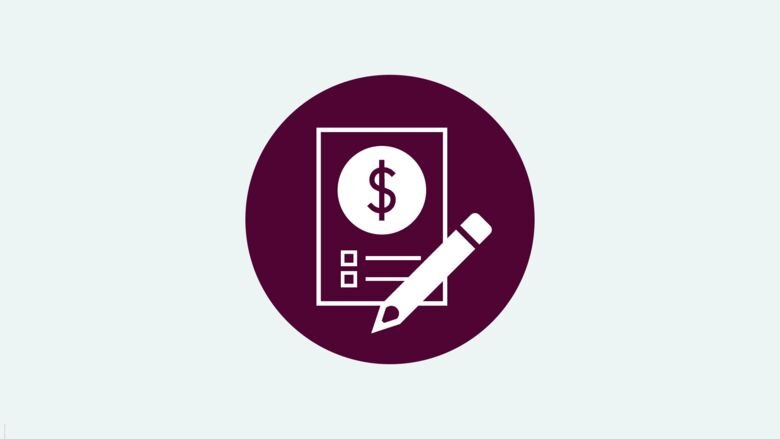 Photo: N/A
Photo: N/AManage your grants
In this instruction you will find information on how to add information on your research grants and what you need to consider.
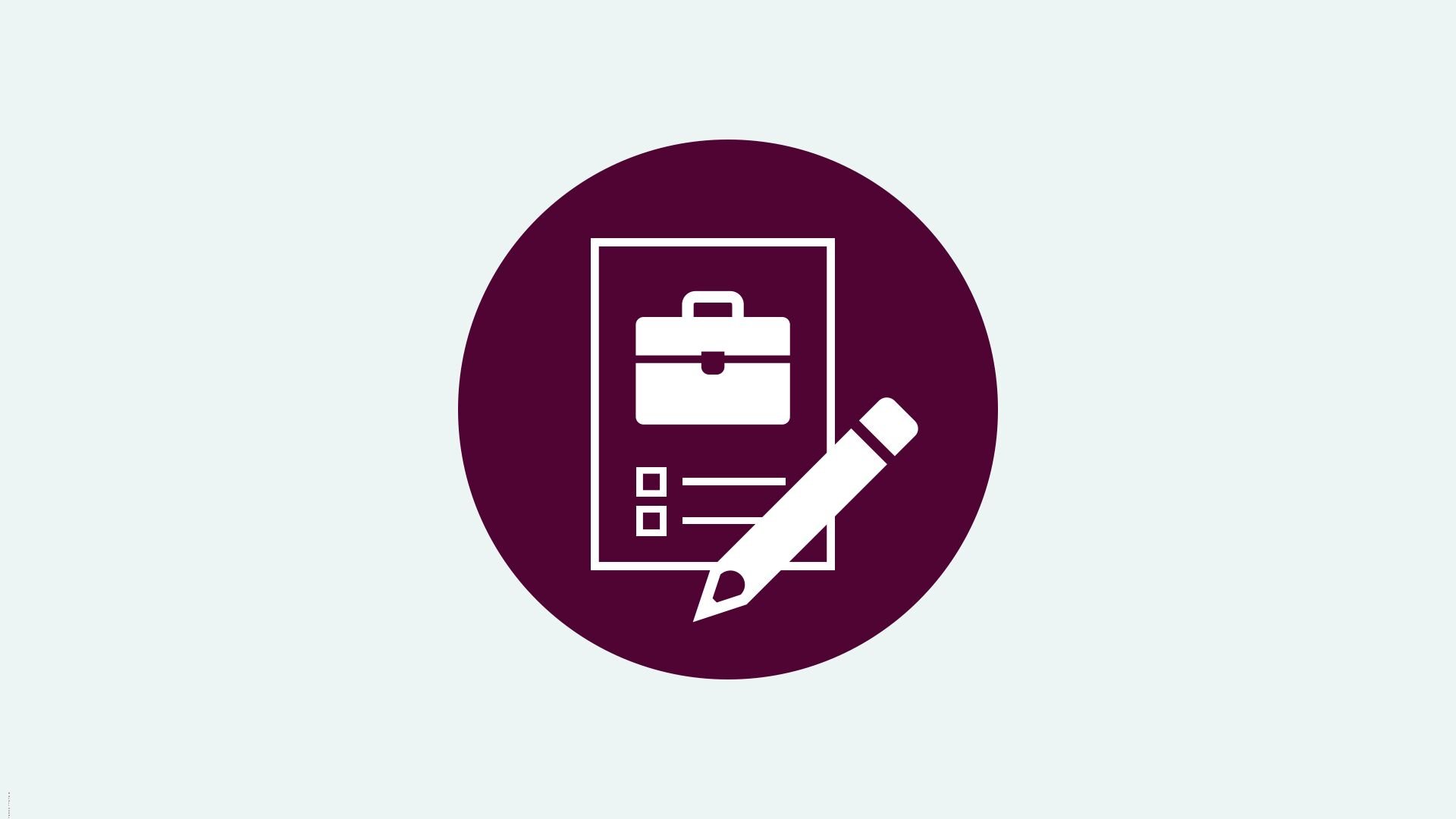 Photo: N/A
Photo: N/AManage your professional activities
In KI RIMS, you can add different types of professional activties that can be displayed in a CV using the report tool. Here you will find instructions on how to add professional activities manually and information on what is transferred directly to KI RIMS from other systems.
 Photo: N/A
Photo: N/AWork with your qualifications portfolio
We are currently looking for test users who want to start working with the new portfolio in KI RIMS. Send an email to kib@ki.se if you are interested.
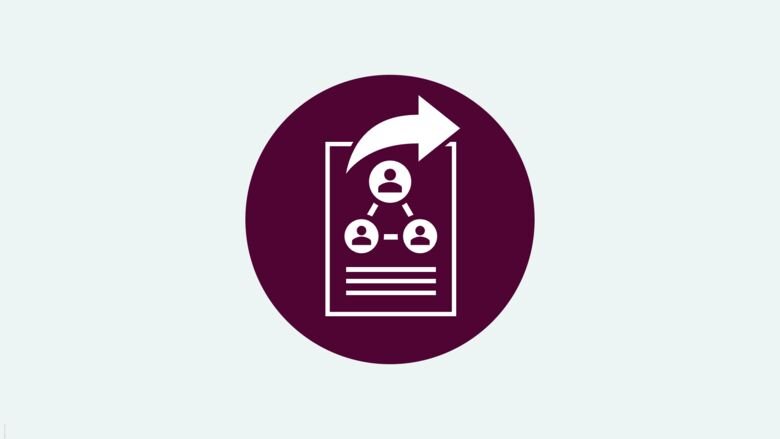 Photo: N/A
Photo: N/AGenerate reports
In the reporting tool, researchers can extract pre-formatted publication lists and CVs with automatically filled-in information about themselves. Persons with specific permissions, such as research group leaders, can also extract reports compiled at group level.
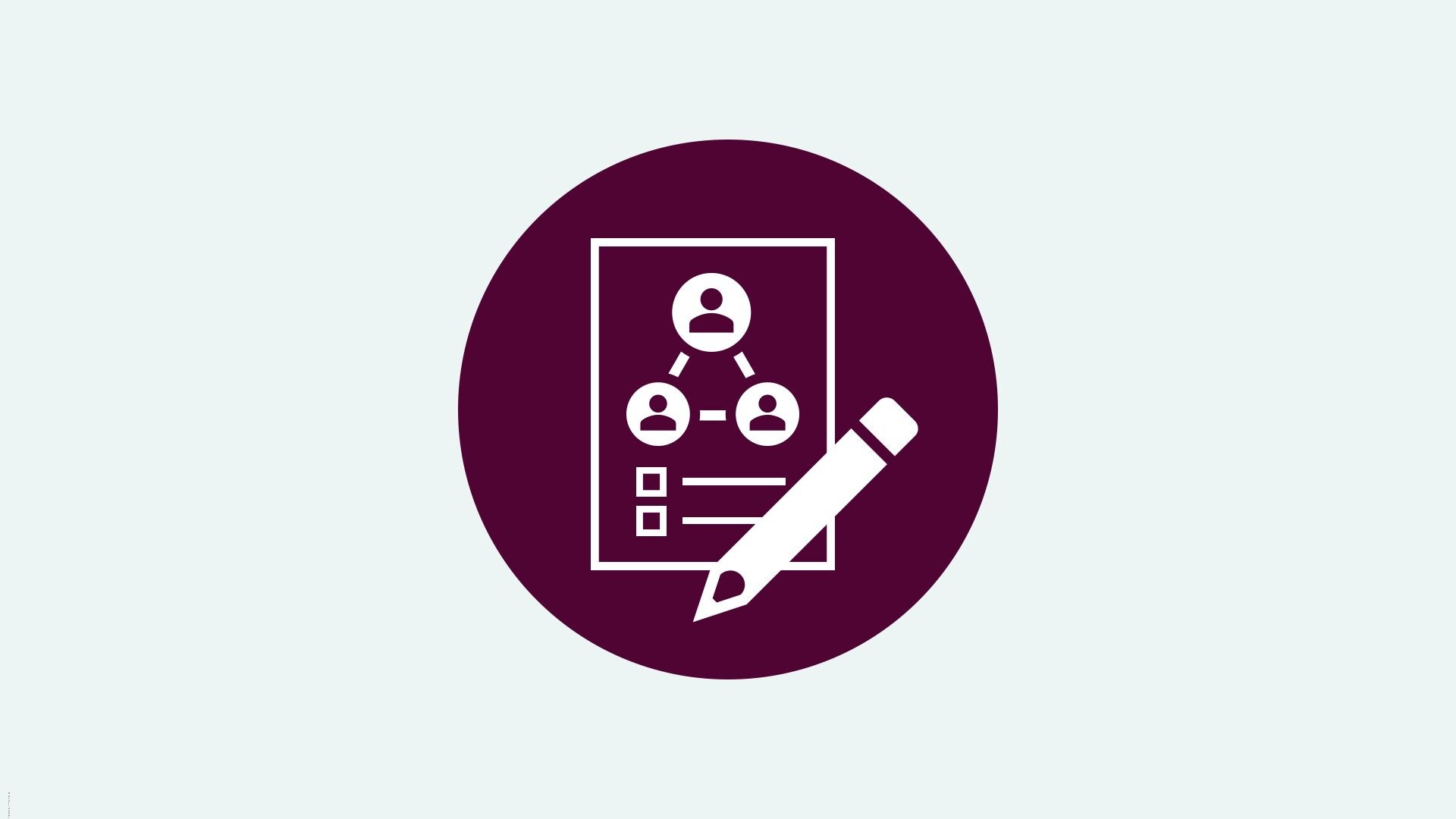 Photo: N/A
Photo: N/AGroup pages on ki.se
All groups that exist in Primula, i.e. in KI's organization, can have their own group page on ki.se. The information on the group page is partly retrieved from KI RIMS.
Contact and support
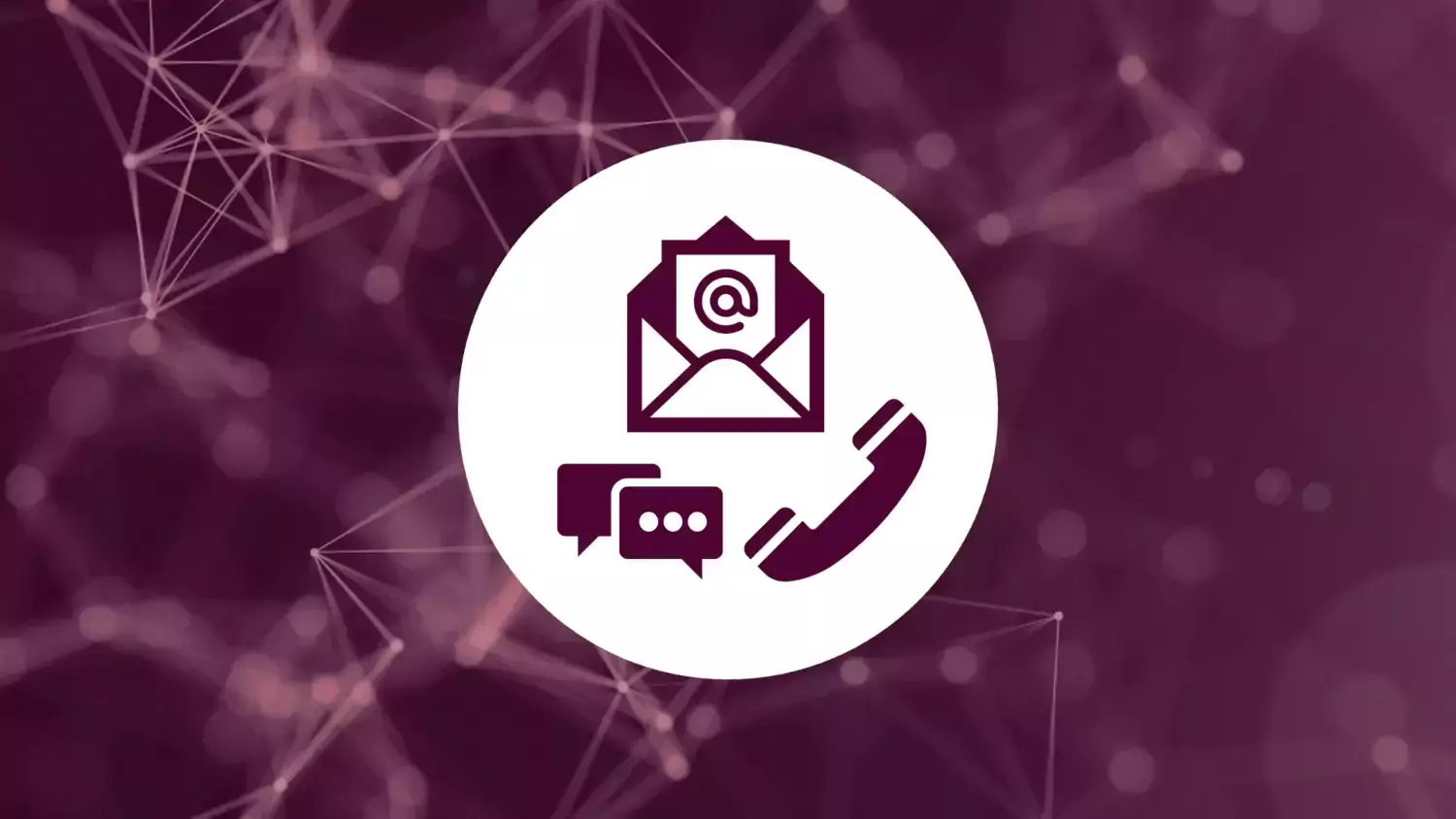 Photo: N/A
Photo: N/ADo you have questions about KI RIMS?
If you have questions regarding KI RIMS contact the university library, KIB. We rekommend that you check the instructions pages for answers first.
Do you want to influence the work with KI RIMS? Join the KI RIMS Panel!
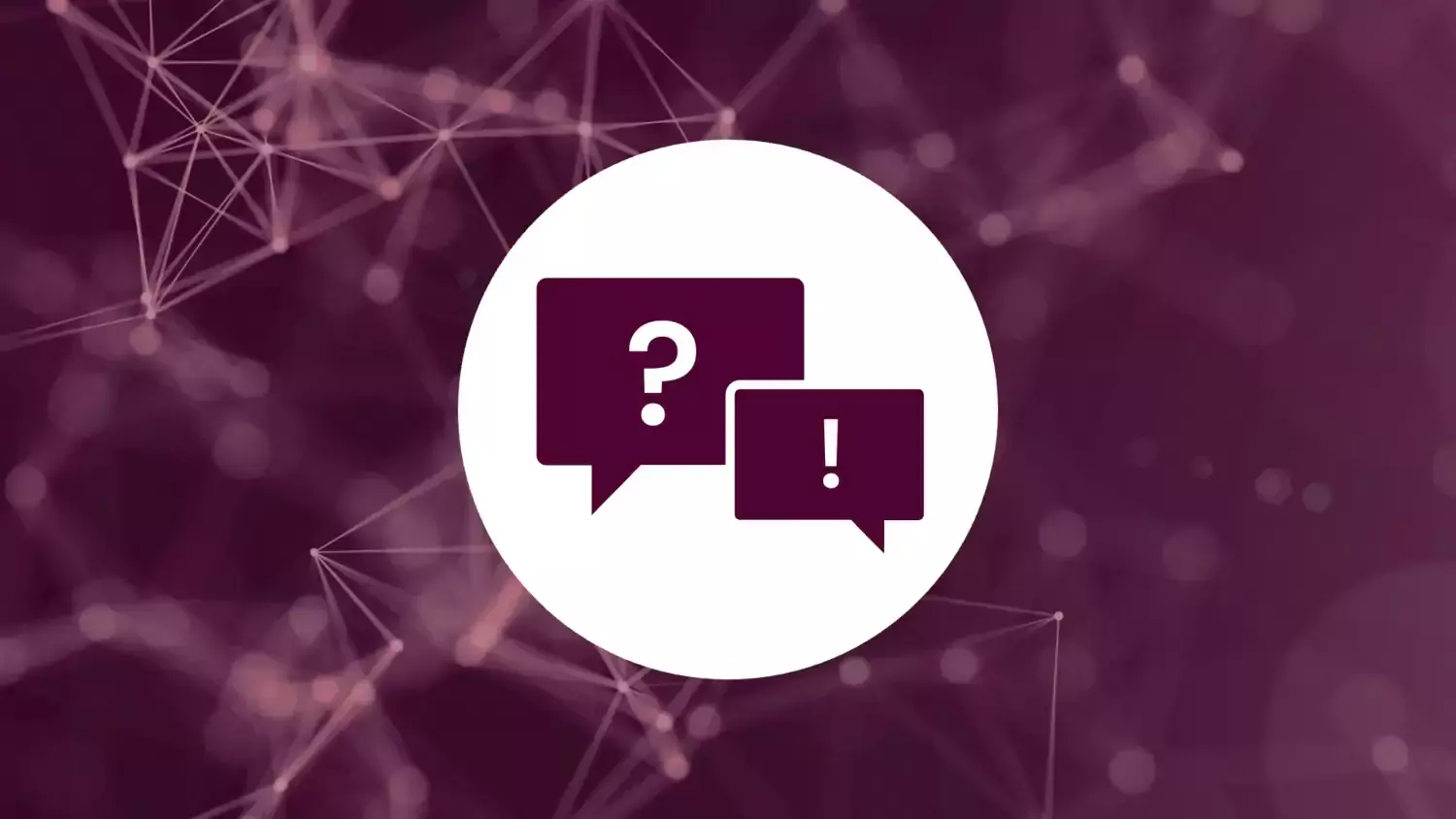 Photo: N/A
Photo: N/AQuestions & Answers
This page will evolve as you start asking questions to the KI RIMS support.
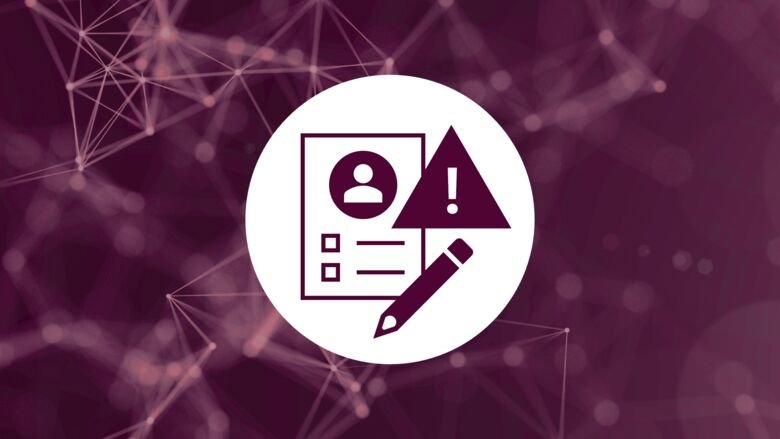 Photo: N/A
Photo: N/AError report form for KI RIMS
If you find an error in the information on your profile or any other part of KI RIMS, we would like to know about it so we can locate and correct the error. Please fill in the form for error reports.
